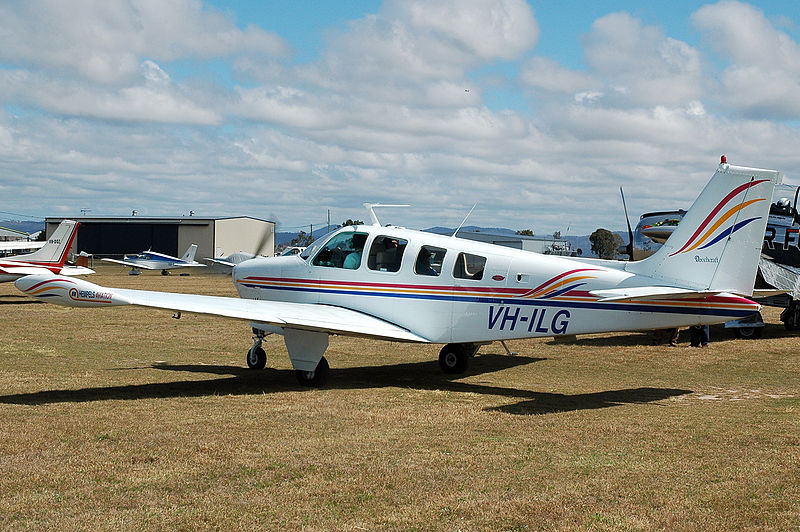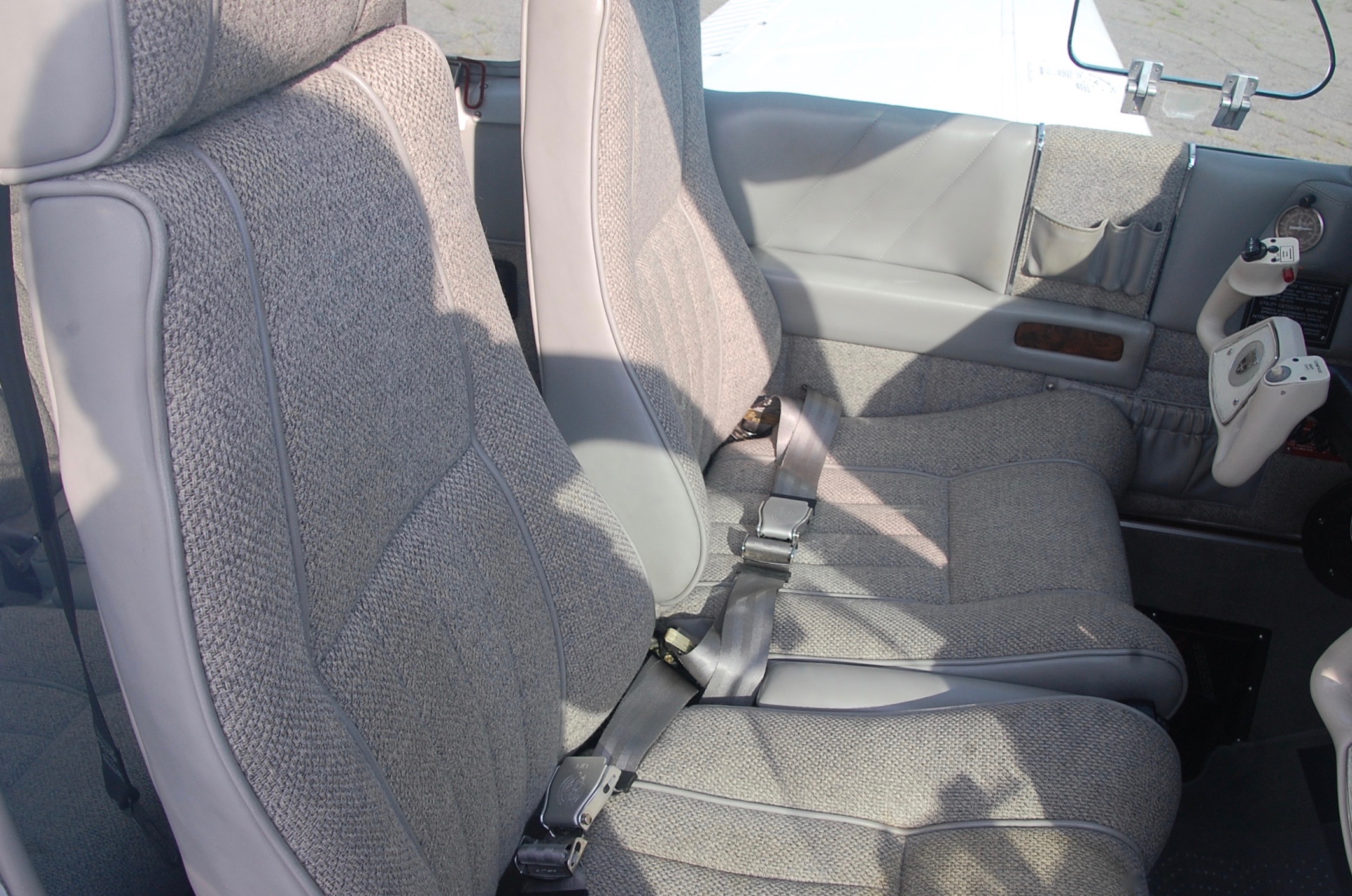


Another feature that endeared pilots to the Model 35 was its all-metal construction - after all, this was a time when most light aircraft were still constructed using wood and fabric. The Bonanza had an interconnected rudder and yoke, which helped novice pilots keep the aircraft coordinated in a turn. The first production Model 35s became a firm favourite as the post-war economy boomed and more and more people took to the air for business and pleasure. The low wing, fighter-like silhouette and futuristic looking V-tail would set the aircraft apart until this tail design was discontinued in the 1980s. With retractable landing gear, a top speed of 150 knots, and an innovative V-shaped tail, the original 1947 Beechcraft Bonanza 35 was truly state-of-the-art at the time. The result was the Bonanza, which had a very distinctive form and construction. He built an aluminum plane that would be different from all the other aircraft before the war and the ones that followed. Walter Beech (hence Beechcraft), saw an opportunity. After the war, discharged pilots were looking for employment and demanded new aircraft. Aviation research and development had continued apace since the 1930s and only intensified during the war. In postwar America, there was an unexpected boom in the aviation industry, brought about by a number of factors.

Indeed, the original four-seater Bonanza 35 stood apart from all other small aircraft produced just after the war. Just over 70 years ago, one of the world’s most iconic small aircraft first took to the skies.īeechcraft Bonanza Model 35, a single-engine plane designed to be reliable, easy to maintain and a pleasure to fly, set a high standard for all small planes that followed its first flight back in December 1945.


 0 kommentar(er)
0 kommentar(er)
